10 JavaScript Interview Questions and Answers You Must Know
What are some popular JavaScript interview questions that hiring managers ask potential candidates for JavaScript developer jobs? Let’s find out.
JavaScript is a popular programming language that helps companies to create dynamic websites. Today, JavaScript is one of the most in-demand skills, creating huge job opportunities for freshers and experienced professionals. However, JS interviews can be challenging because JavaScript development is highly technical.
As a candidate, you must ensure you are proficient with the frontend and backend tools and possess enough abilities to finish the projects. In addition, you must prepare for a custom set of interview questions to thoroughly test your potential.
Here is a mix of basic to advanced level JavaScript interview questions.
- A basic-level JavaScript interview question:
Explain the different types of error name values in JavaScript.
Answer: There are six different types of Error Name values. They are as follows:
– Eval Error: It represents the error in the eval() function. (New JavaScript releases don’t contain it).
– Range Error: This error comes up when a number outside the specified range is used.
– Reference Error: It comes up when an undeclared variable is used.
– Syntax Error: It represents the incorrect syntax in the code.
– Type Error: It comes up when an unknown word is used.
– URI Error: It means an error in the encodeURI() function.
Related post: Six Popular JavaScript Frameworks to Choose from in 2022 - A basic-level JavaScript interview question:
Explain the difference between a function expression and a function declaration.
Answer: The function declaration is a separate statement in the main code flow that declares a function. A function expression is a function formed within an expression or another syntax.
In Strict mode, a function declaration within a code block is visible anywhere within that block but not outside it. In a function expression, this is not the case.
A function expression is formed when the execution reaches it and is usable only from that point on. On the other hand, a function declaration can be called before the function is declared.
Note: This is an important JavaScript interview question, as functions are one of the most essential elements of any programming language. -
An intermediate-level JavaScript interview question:
What is the difference between attributes and property?Answer: An attribute is an initial state in the DOM rendering, and property is the current state.
Intermediate Level JavaScript Interview Questions
JS DOM objects have properties like instance variables for particular elements. Properties can include various data types. Properties are accessible via jQuery’s prop() method or by interacting with the object.
Attributes are in the HTML rather than the DOM. They are comparable to properties; however, they do not have the same capabilities. For example, an attribute has a string data type, unlike a property. -
An advanced-level JavaScript interview question:
Answer: The call() method highlights the object-oriented features of JavaScript. It specifies the Owner Object.
What is the call() method?
In addition, the call() method allows developers to use the method of another object and the parameters associated with it. This capability is based on the JavaScript rule that if a function isn’t a method of a JavaScript object, it’s a global Object Function.
Related post: The Fifteen Best Frontend Frameworks for 2022 -
An advanced-level JavaScript interview question:
Answer: The isNaN() function has only one purpose: To check whether a value is an illegal number or not.
What is the isNaN() function?
A program including the isNaN() function returns a Boolean object of true or false. The function can also mitigate many runtime errors. -
An intermediate-level JavaScript interview question:
Answer: The first statement returns true, and the second statement returns false because JavaScript reads from left to right and evaluates expressions one-on-one.
What will “console.log(1 < 2 < 3); console.log(3 > 2 > 1);” return?
Note: With this JavaScript interview question, recruiters can test whether the candidate knows – how code runs in JS? -
An advanced-level JavaScript interview question:
Answer: ‘This’ keyword is a self-reference for JavaScript objects. It refers to the current JS objects within the class definition itself.
What does the ‘this’ keyword do? -
An intermediate-level JavaScript interview question:
Answer: There are three different ways to create an array in JavaScript.
Describe the various ways to create an array object in JavaScript.
– Create an instance of an array
Ex: var exArray = new Array();
– Use an array constructor
Ex: var exArray = newArray(“hire”,”Turing”,”developers”);
– Use an array literal
Ex: var exArray = [“hire”,”Turing”,”developers”]; -
An advanced-level JavaScript interview question:
Explain NEGATIVE_INFINITY in JavaScript.Answer: The NEGATIVE_INFINITY is a static property in JavaScript that results when a negative number is divided by 0. Its essential characteristics are as follows:
Advanced Level JavaScript Interview Questions
– It is unnecessary to create many objects to access NEGATIVE INFINITY.
– The NEGATIVE INFINITY property has the same negative value as the infinity property of the global object. -
An advanced-level JavaScript interview question:
Answer: The history object of a browser can switch between history pages, such as forward and back from another page or current page. There are three methods to use a history object in JavaScript. They are as follows:
What is the use of a history object.
- To load the previous page – history.back().
- To load the next page – history.forward().
- To load a custom page – history.go(number).
Conclusion
These JavaScript interview questions merely scratch the surface of what an expert JavaScript developer can do. So you can expect the interviewer to throw in more questions to test you thoroughly.
Join a network of the world's best developers and get long-term remote software jobs with better compensation and career growth.



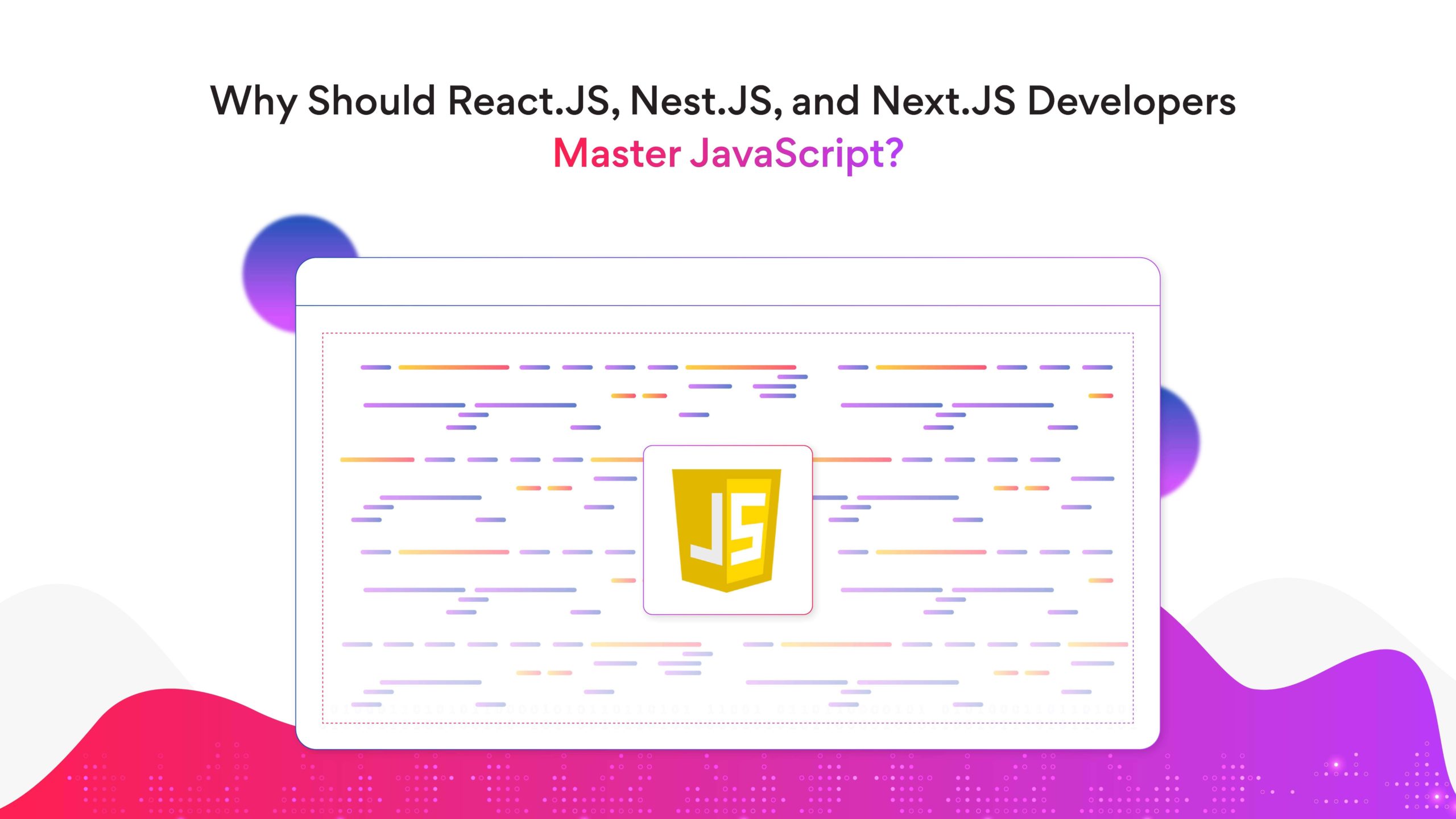

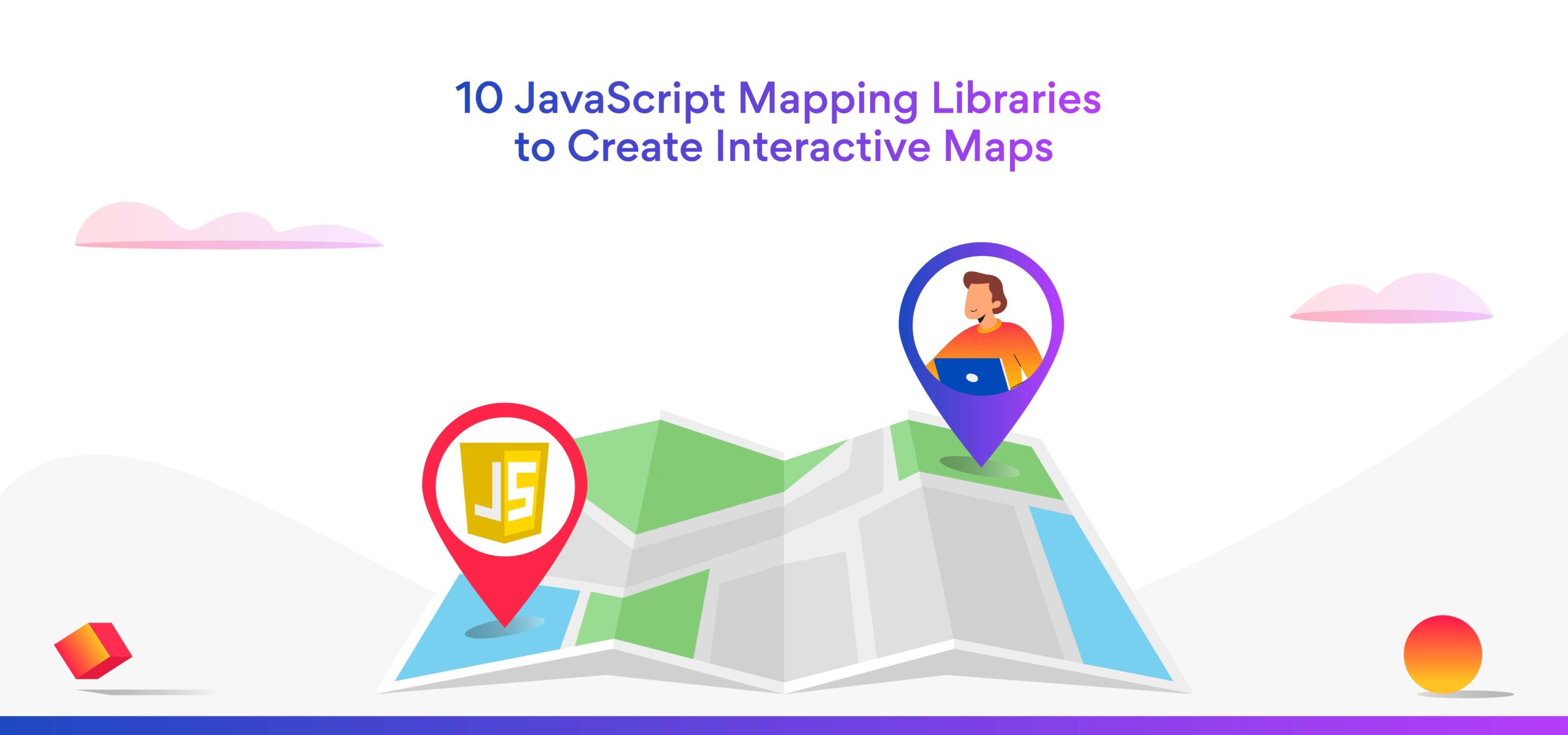
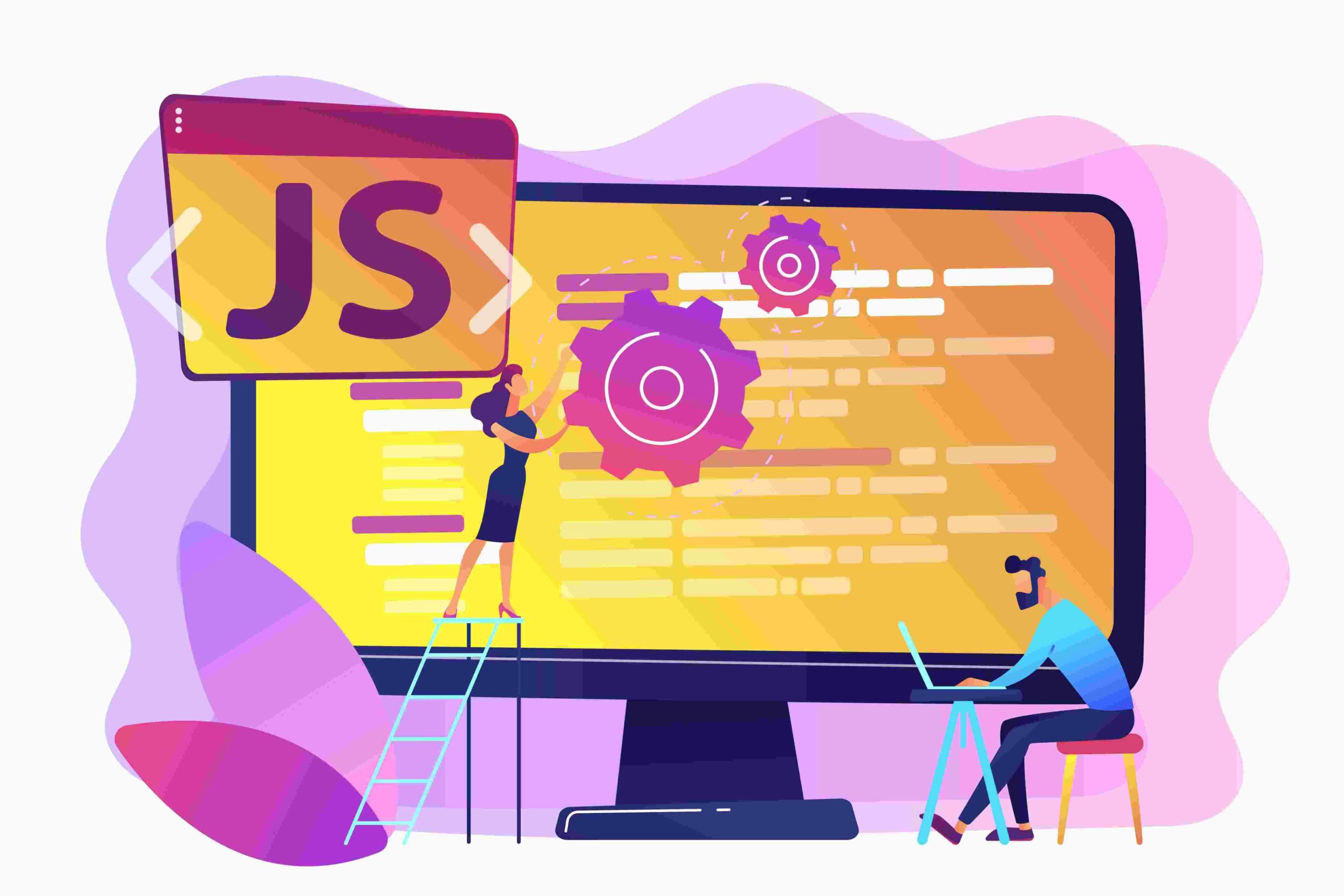
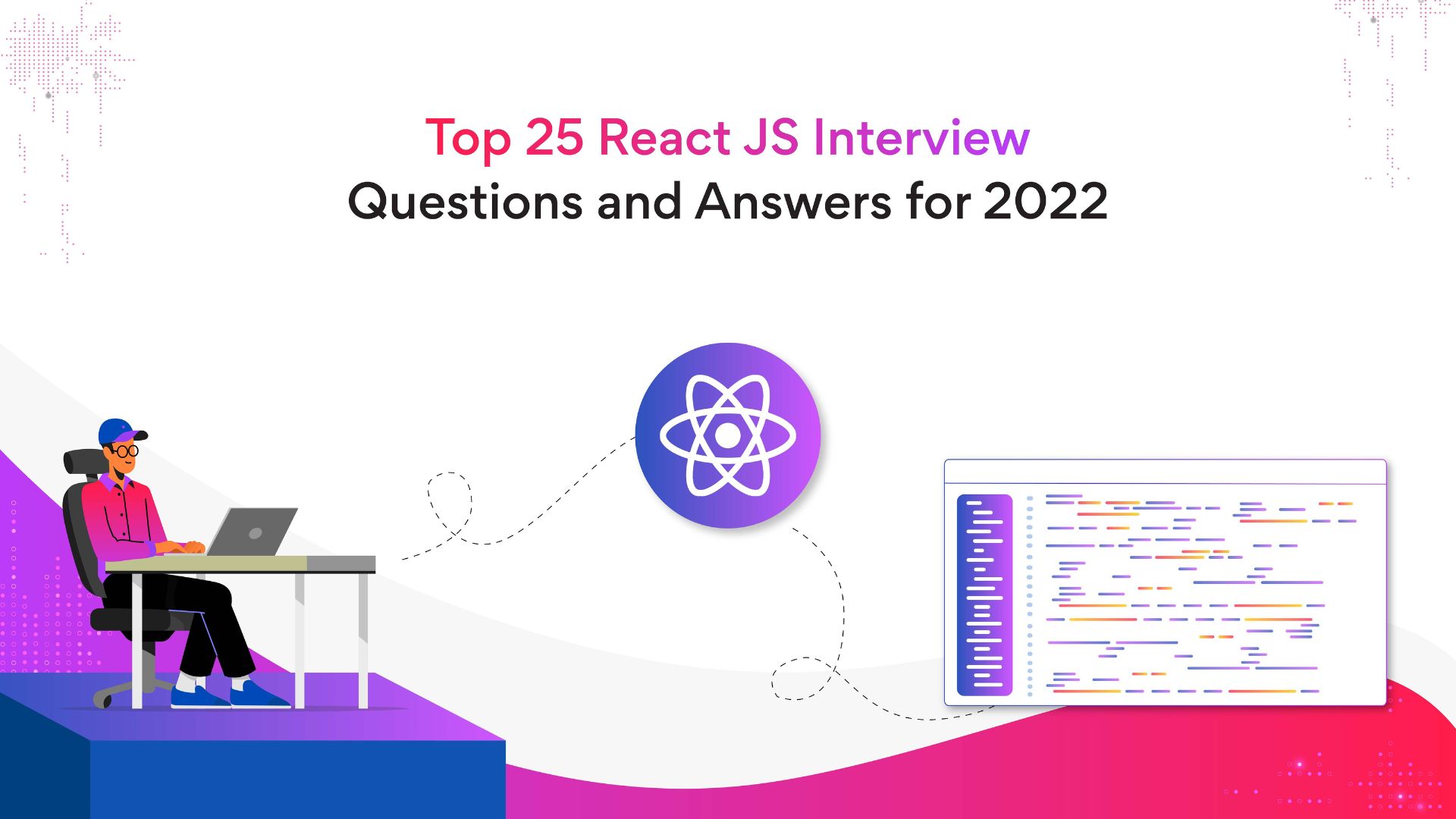
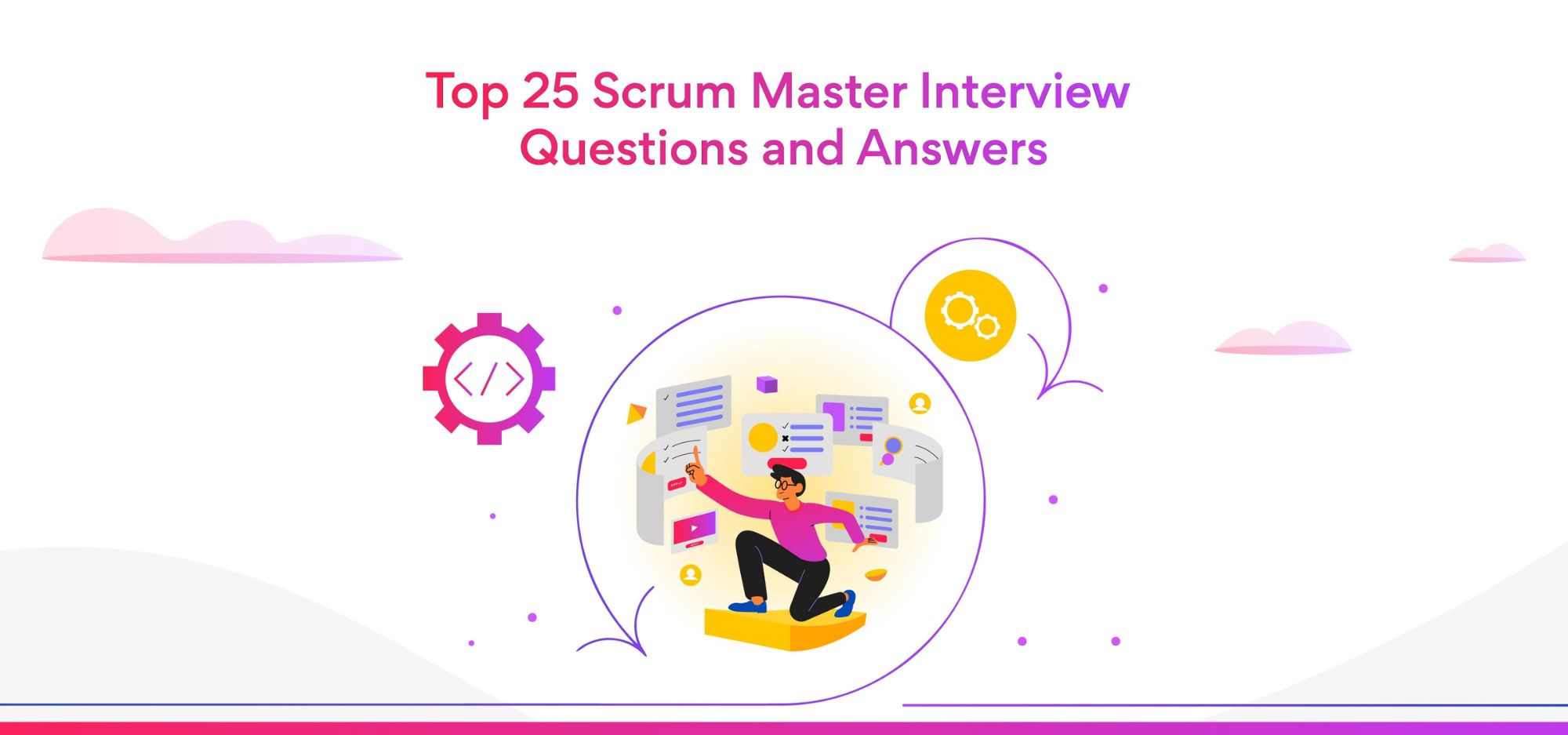



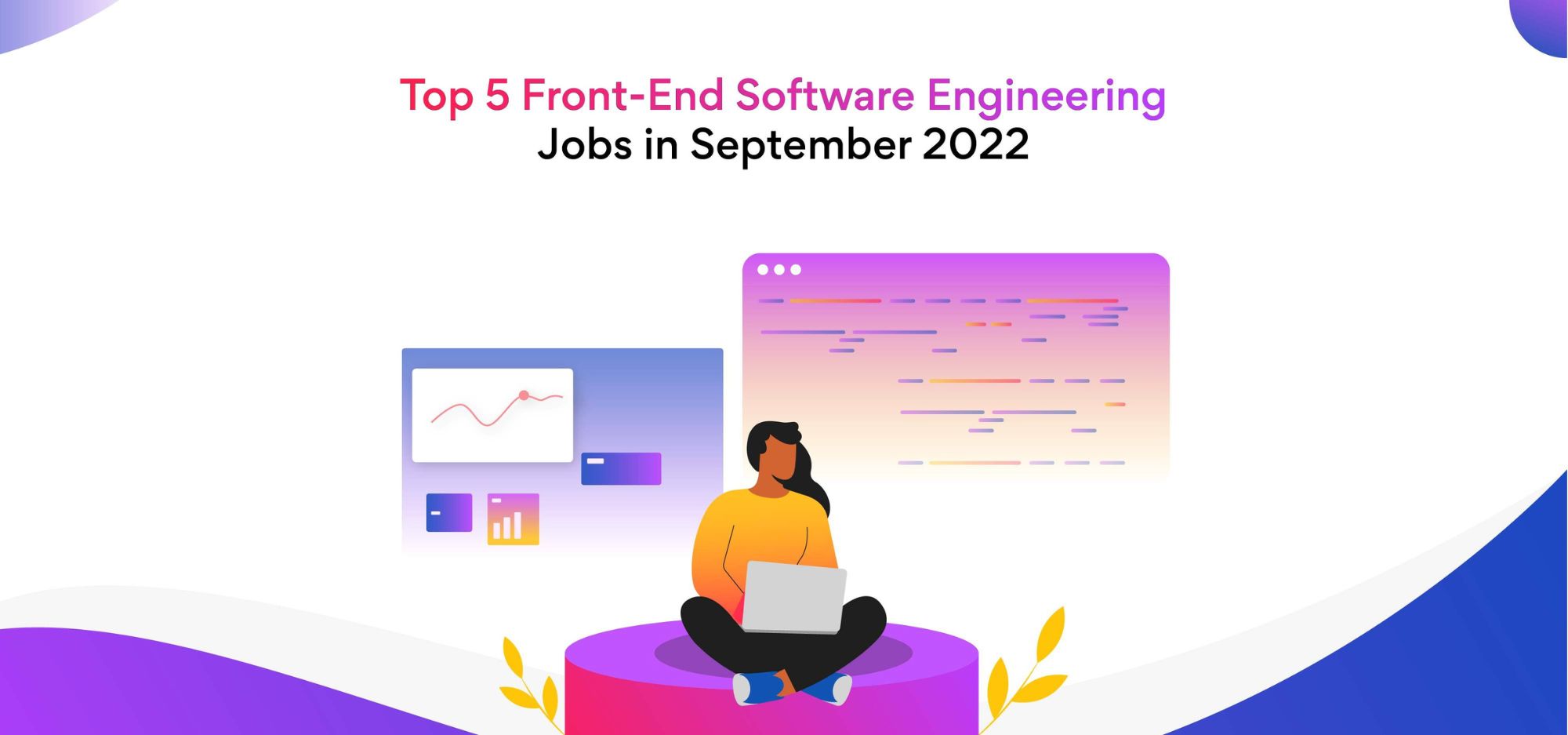
Really worthy! Thank you for info which can help to judge developer in initial stage.